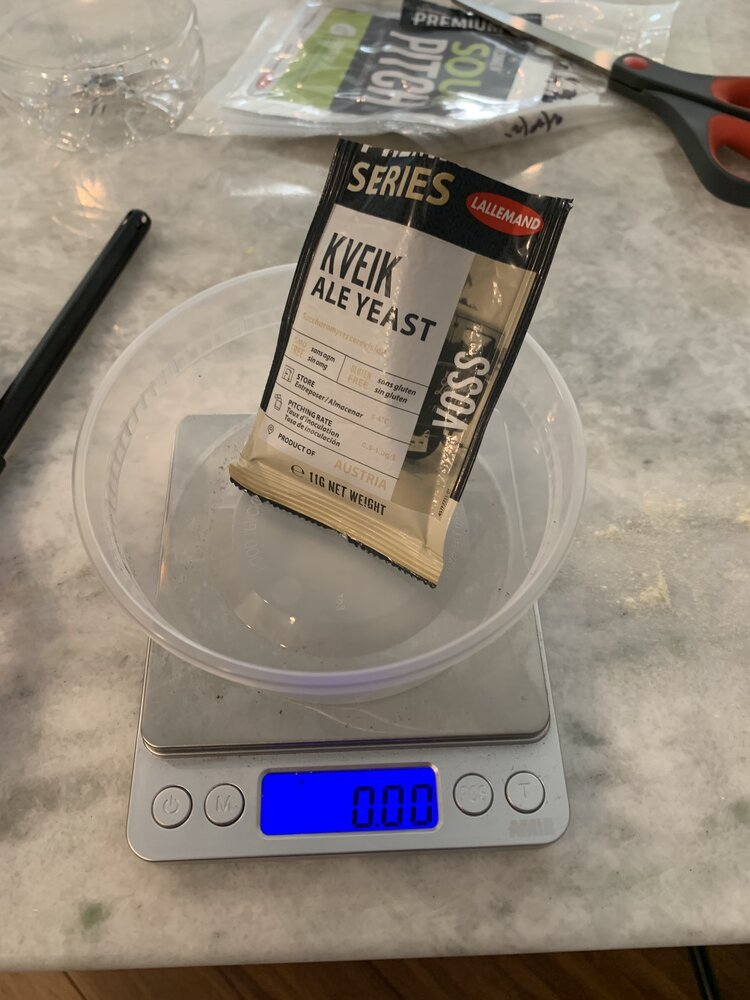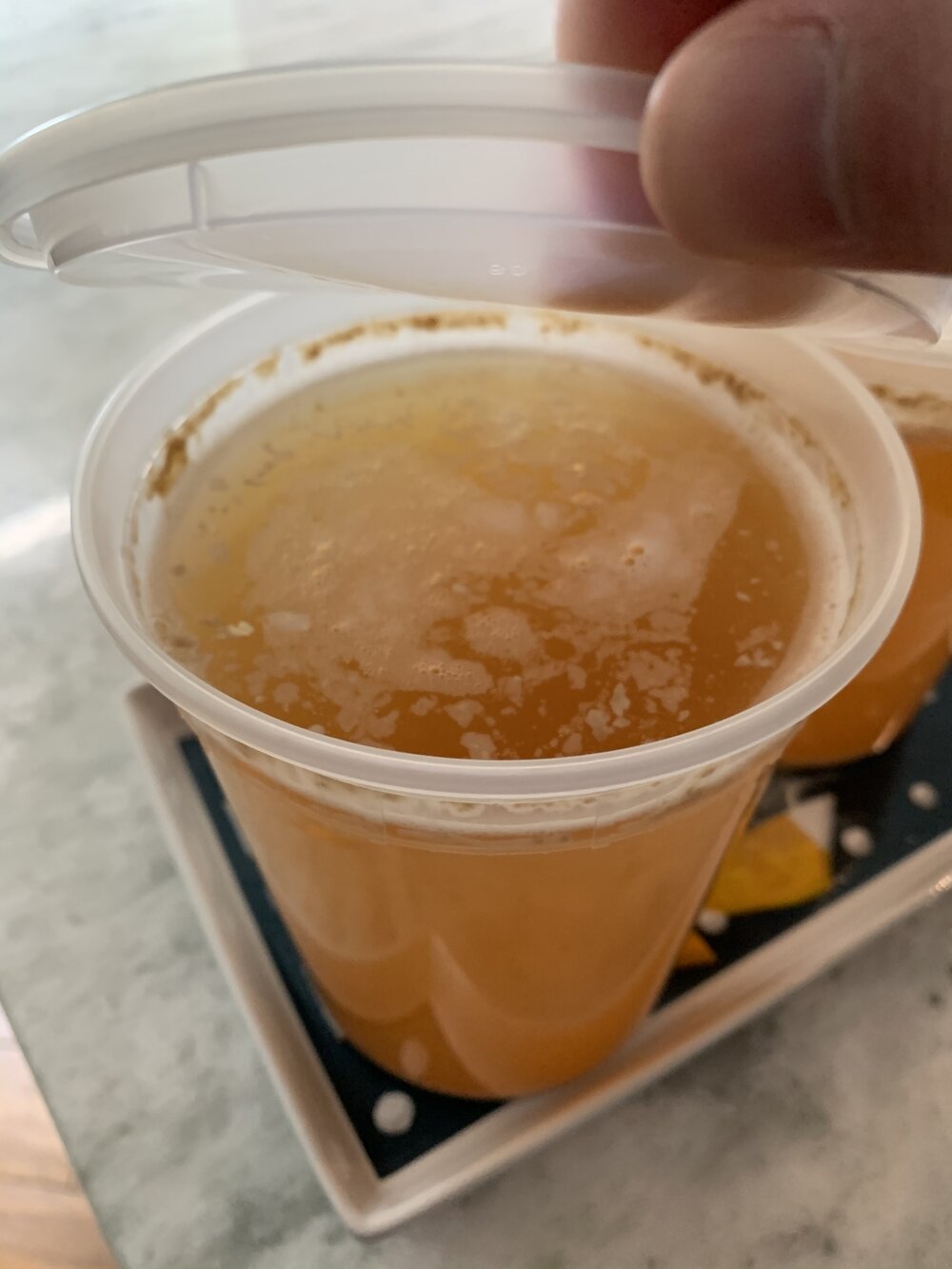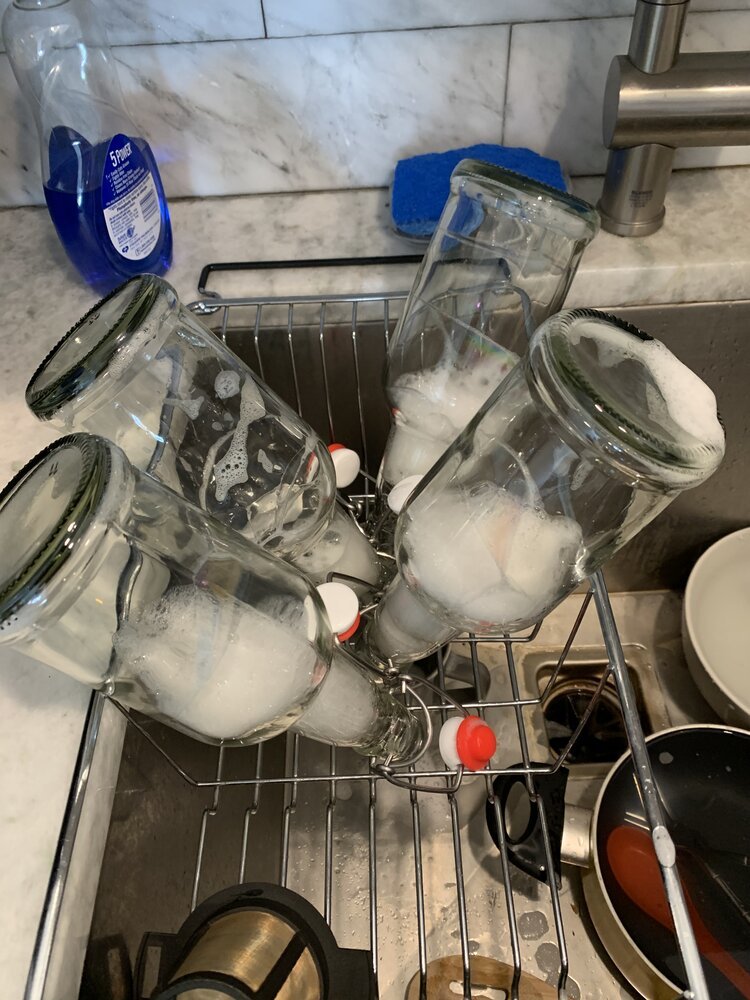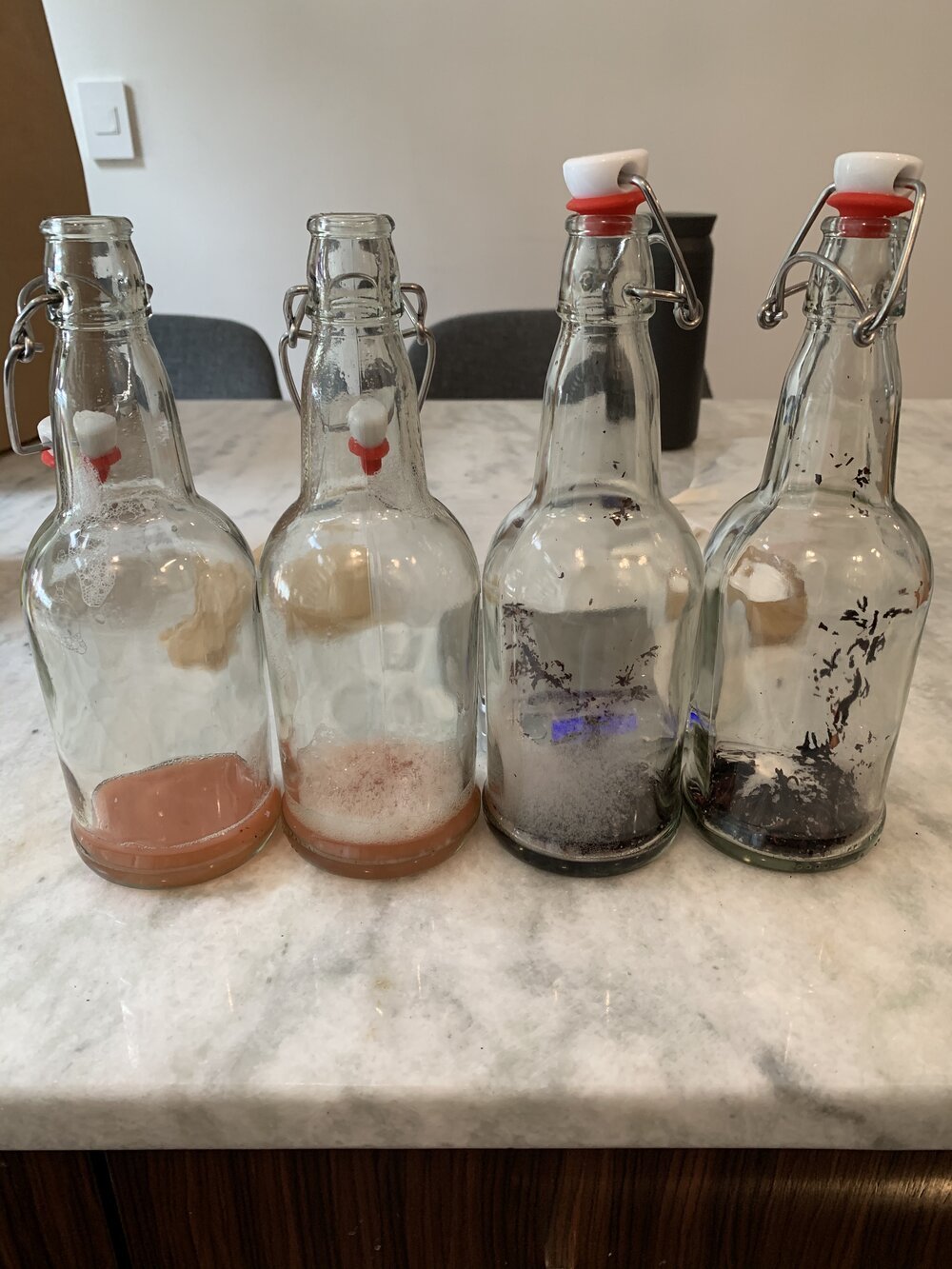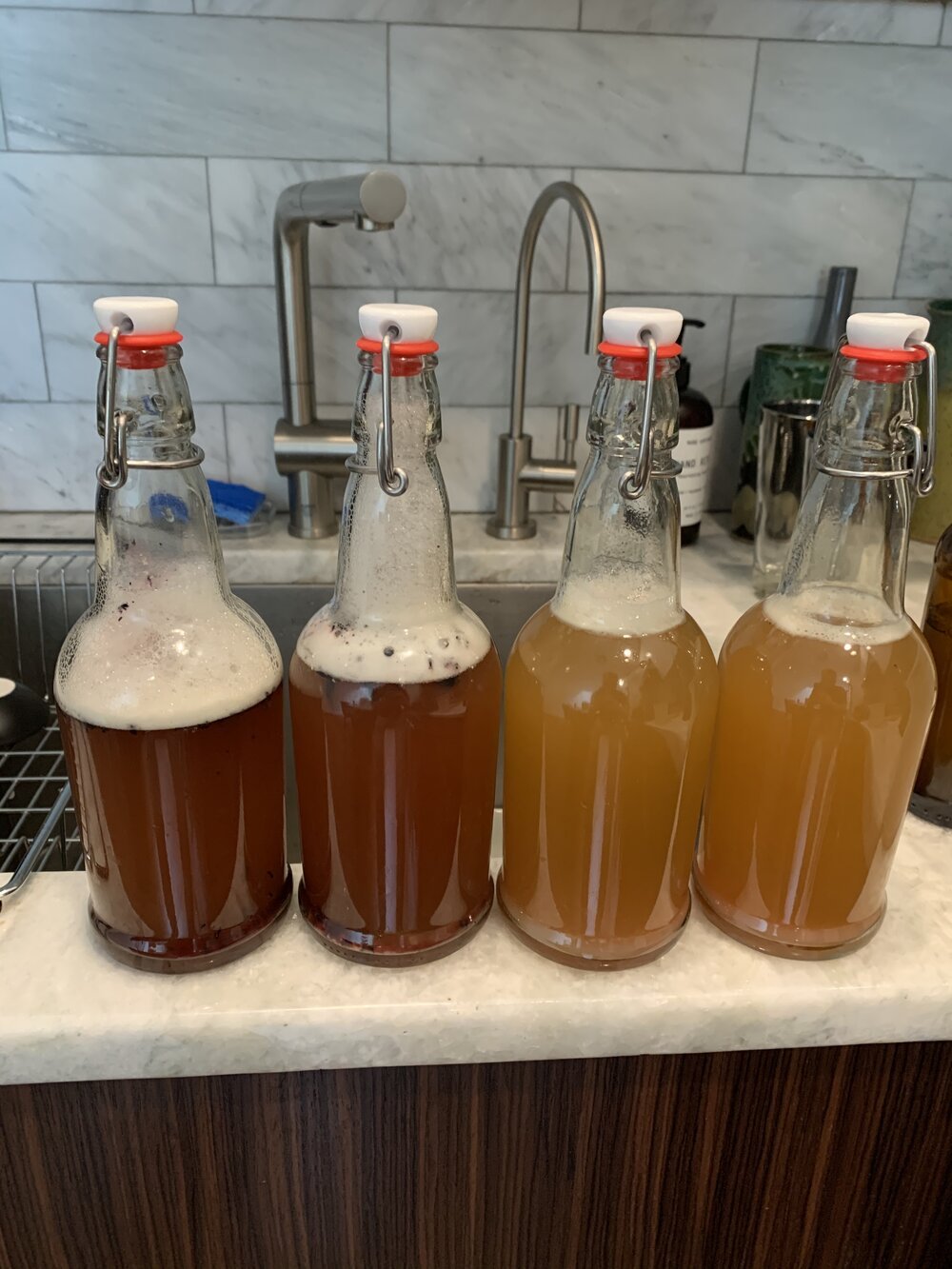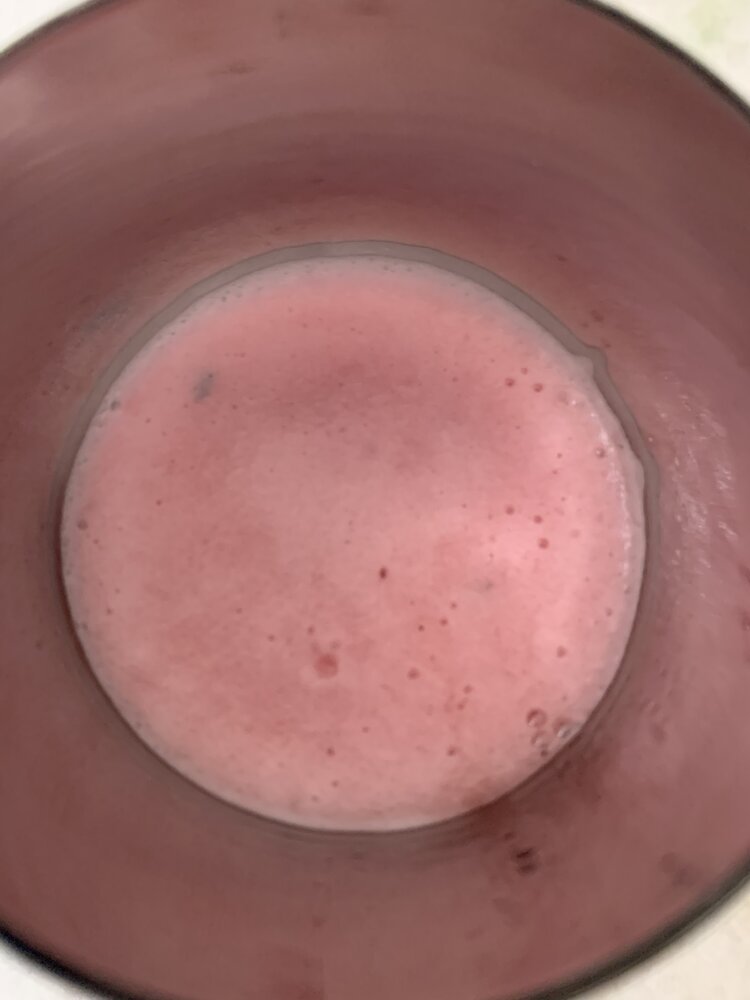Beer (Brewed) on the Road
Hola Amigos,
When I first started to write these, the idea was that I’d cover issues related to cask ale or MacLeod’s machinations broadly, with a tie-in at some point, and oversight from the boss. Forty posts later (!), everyone else is asleep at the wheel, and the only captain of this ship is your beloved Ahab (don’t call me Ishmael).
As such, this week we’ll be covering a topic that was explicitly banned early on, but which I find so whimsical and fun that I now insist on covering, like Dwight to a pretend Andy, namely Brewing on the Road. Naturally, you could lug a BrewZilla onto an airplane and make beer, or even mash and boil in a two-gallon kettle you find off of Craigslist, but I thought it would be much more fun to make beer assuming you only have access to either an electrical outlet or a crappy electric kettle, and heck, I didn’t even use those in the end! So, without boiled hops, what beer could you even make? And geez, how long is this trip, given that most beers take, like, two weeks just to ferment, let alone (persumably natural) carbonation? Let’s find out!
The Rules
As I alluded to moments ago, in constructing the plan for this “Travel Beer,” I didn’t allow myself luxuries to which I, heck, may or may not have access to, like:
A stove, or similar heat source
Anything even approaching a full gallon-sized fermenter; I would have done anything from a Growler down, so, say, 16-64 oz
Hard-to-acquire items, like Steamhops, which you could theoretically use to add hop bitterness to a beer without heat
Any sort of fermentation control, largely because heating, which is the only real play there, is a fire hazard - the controller and blanket are small and light, making the option otherwise legit
My trip was only 11 days, so the beer had to be fermented and carbonated by then, whether or not I drank it
While I love the idea of starting a beer and leaving it for a host to finish, this wasn’t that; I may well do that in the future, like an insane “here’s a Lambic, hold onto that bottle for three years” kind of experiment
And there may have been more, but none come to mind. So without further ado, let’s talk about which beers are actually possible in this ruleset!
The Options
Grain
First and foremost, what are my grain options? The easiest option, which is what I did, is to just use malt extract (either in powder or syrup form), add water (sterile, but quite possibly just room-temp), and call it a day
Given the small volume, you’d have to employ a sous vide in order to mash properly
The play, then, is to get a two-gallon pot off of Craigslist, fill it with shower water, use a Sous Vide heater to heat the water, add a Ziplock bag (or a double) with your grains and a set amount of clean or bottled water, et voila
The only downside here is that your OG (the amount of sugar you get from your grains) is probably pretty hard to guess, but on the flip side, you get access to flavorful styles like Stout or ESB, which mask potential off-flavors
Hops
This is the most interesting, and limited, elemented by far. There are basically three options here
Option one: since hop isomerization is ~17% at 180˚F (source), you could, as I did for my shot beer, mash with hops in your bag, and just raise the Sous Vide temp to 180˚ in order to “boil”
The issue? With a volume much greater than my shot beer (so, more than a few oz of wort), the temp raise may take a large amount of time, making this cumbersome, if certainly possible
Also, the high temp is certain to result in some degree of tannin/silicate extraction (read: astringency)
Option two: instead of hops, you could use either a pre-made tea like earl grey, or chamomile tea, or perhaps even licorice or coffee to add bitterness to your beer without hops. I couldn’t find anywhere near enough documentation to generate a pitch rate that I was confident about, but with time, you could probably produce a totally solid Earl Grey Saison/Best Bitter
Option three: skip them! You may have heard that some sour beers don’t even have hops, or have a positively minute amount, so why not lean into that and make a sour beer? Which is what I did. Speaking of:
Yeast
In a pleasant twist, you don’t have many options here, which makes yeast selection easy. You have essentially two moves:
Kveik yeasts are super, super fast, and the only smart play here. Some produce loud, fruity esters which may mesh well with sours, while others produce lager-like beers; here, I think noise is our friend, so I went with a clean-ish lemon-y Kveik strain, Voss
Additionally, for souring, nothing beats Lactobacillus Plantarum for speed, so I used SourPitch, co-pitched with the Kveik. I suspect they both finished fermenting when I racked the beers ~48 hours in (!)
Other Things
This beer is bound to be flawed, so your best bet is to add something flavorful at the end to offset that. Dry hopping is a potential play, but fruit is the easiest, or maybe even a tea of some sort. Heck, you may even want to use, say, Marmalade as your source of priming sugar for yeast-driven carbonation in a British-leaning beer
Oh, and for carbonation, the yeast should carbonate the beer pretty fast if given sugar and sealed, but you could also bring a tiny regulator and flash-carbonate. I have one of these, and this is the only way to use a normal-speed yeast, like a British Ale yeast, say, but you can’t fly with the CO2 cartridges and you have to buy them in large units, so I decided not to go this route. Future note, though: you can buy them on Amazon and have them delivered to one of those Amazon boxes near where you’re staying
What I did, and how that panned out
I decided not to worry about mashing, and instead go with the viscerally simple Dry Malt Extract play, meaning I had very little stylistic play (I could have steeped some flavor malts and made a tea, but that, again, seemed like a complication for this first round of experimentation). Thus, I bought some Wheat-centered DME, added some bottled water (it’s sterile, fun fact!), whisked out the lumps, and pitched the yeast.
For yeast, I used, as mentioned, dry Voss Kveik and SourPitch, despite the fact that I had access to a local homebrew shop with great liquid yeast options - I wanted to bring most of the ingredients from home. This produced what could only be described as a Gose or Berliner Weisse, depending on, in this case, the addition of salt to half of the batch but not the other.
I started with two (individual) quarts of this beer and, in an attempt to maximize my odds of making a decent beer, added a touch of guava nectar and salt to one quart (which doubled duty as the source of priming sugar since I didn’t have my tiny regulator), and hibiscus and cane sugar to the other. Needless to say, I weighed everything out in this process on a .01 g scale, and you basically have to, particularly for sugar and yeast, though .1g would probably do the job if you have one for coffee-on-the-go.
So, how was it? I’ve just tasted the Hibiscus Berliner Weisse, and it’s...extraordinary. The Hibiscus version, at least is tart, highly carbonated, malty, fruity, round, and all manner of other positive adjective. I’ve had much worse; I’d even put it into the top half of beers I’ve ever had, excluding duplicates (like the 100+ Miller Lites I’ve had - those form the thick top 1% layer). The only “downside” is that the yeast, which is hard to separate out, makes the beer a touch murky in flavor, and I wouldn’t have minded some blackberry purée, but that’s it! Those are fine, fine adjustments, so who cares.
Conclusion
Brewing can and should be fun if you’re not doing so professionally, and I think this checks that box, while simultaneously checking my box of abject absurdity. I’d highly recommend trying this if you have the skills and know-how, and either way, have a wonderful week, and swing on by for a pint of our new Hazy IPA, Fulton Fog! We’ve got cans, we’ve got cask ale, come on through®!
Cheers,
Adrian “Even God Isn’t Watching” Febre


